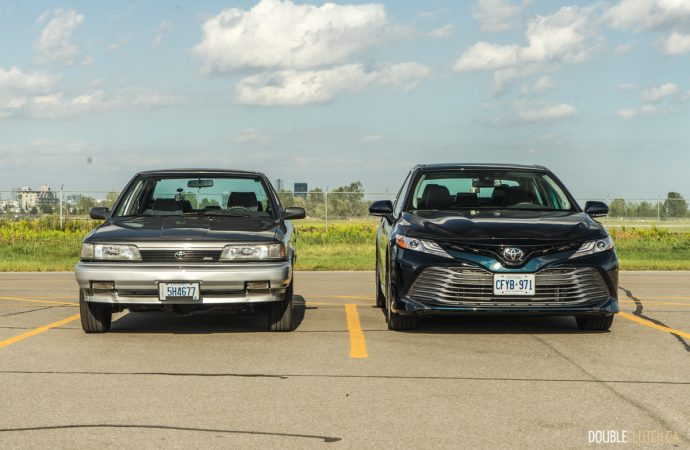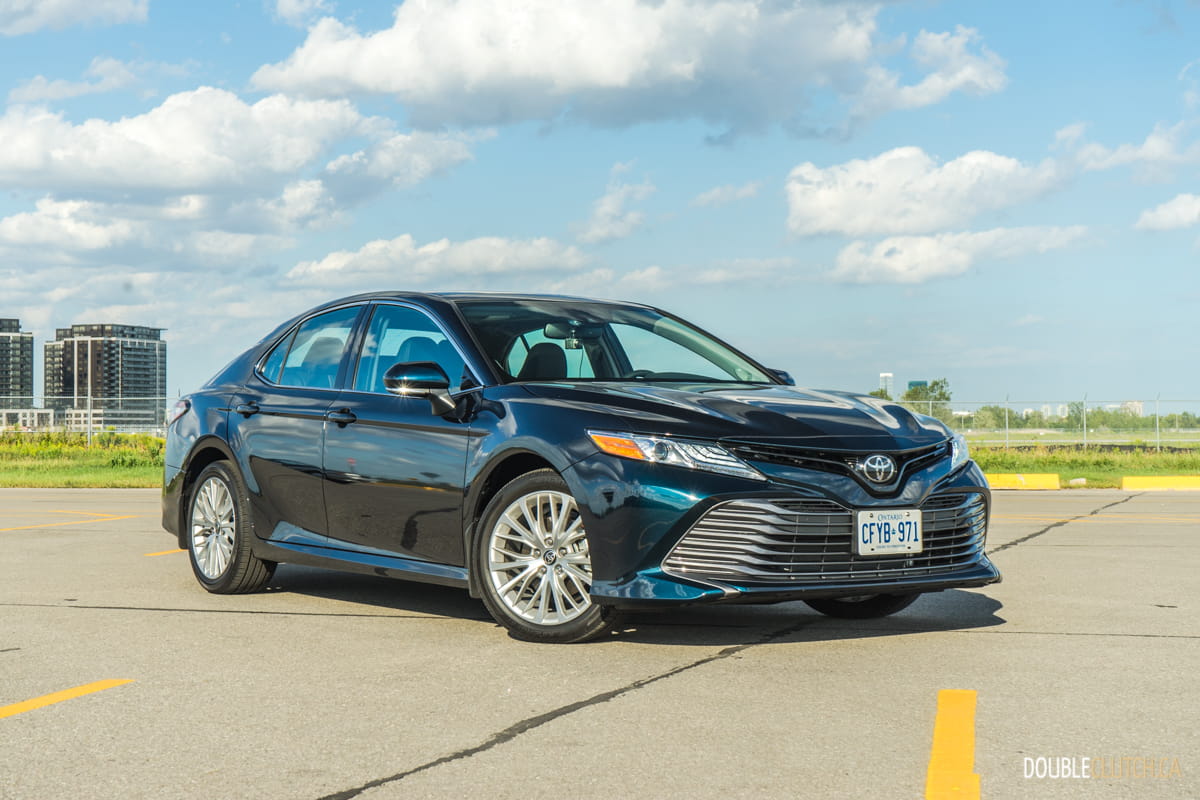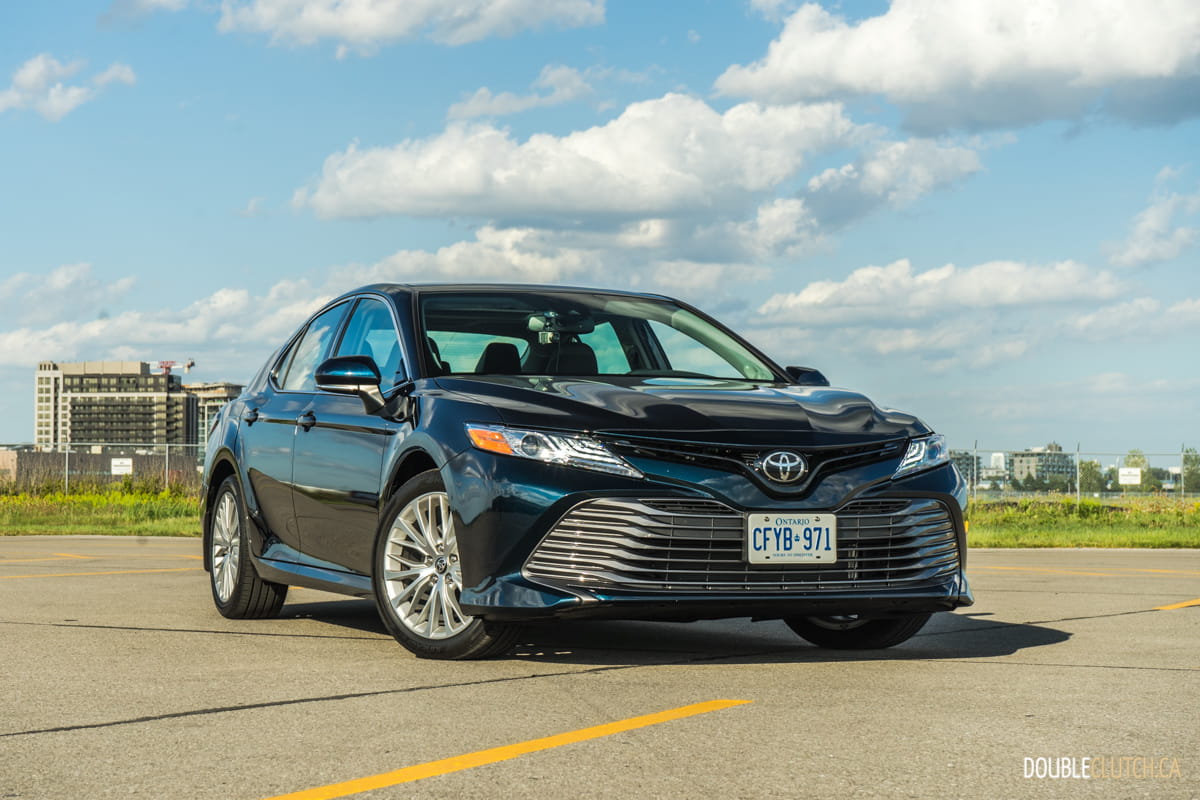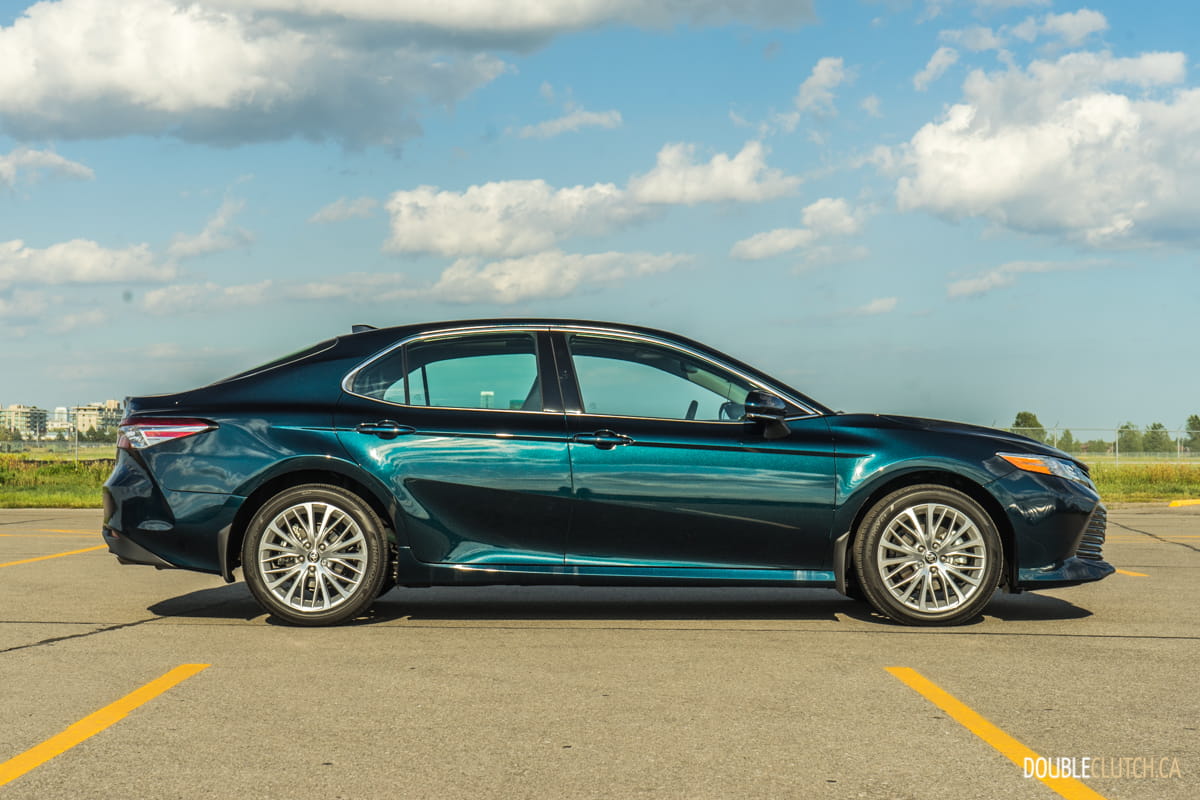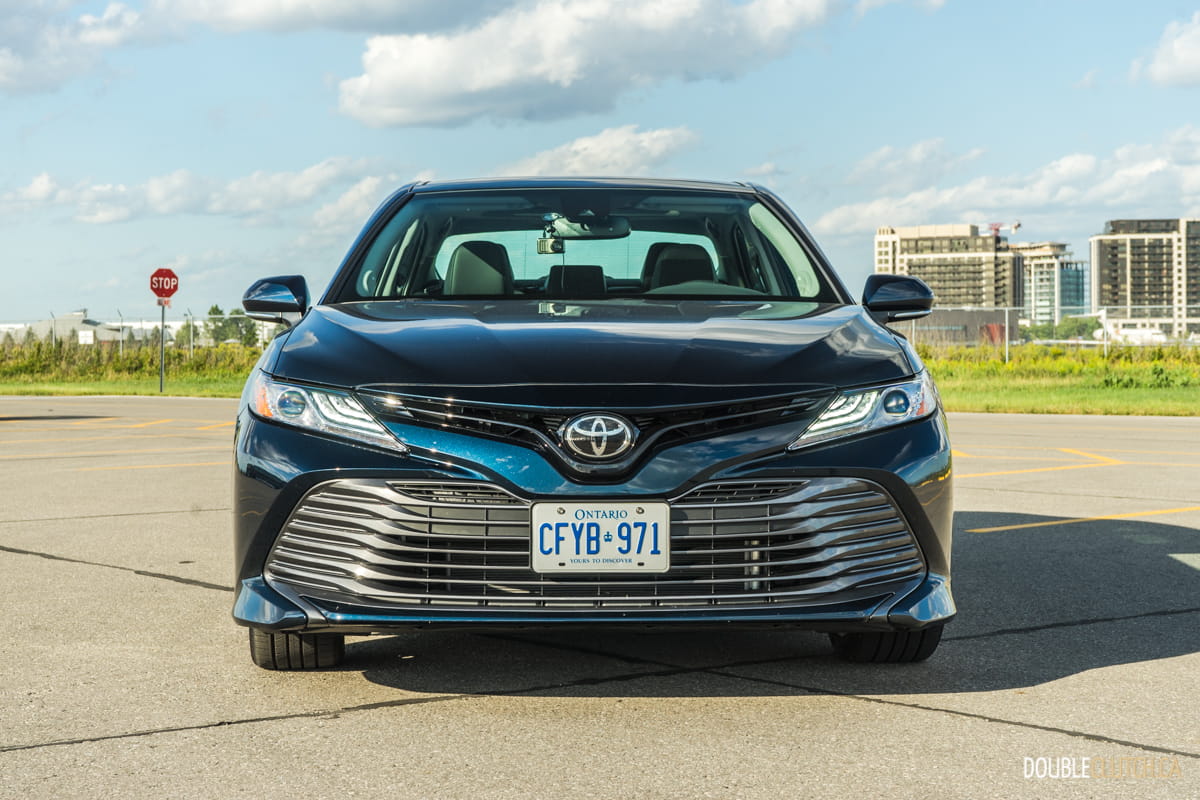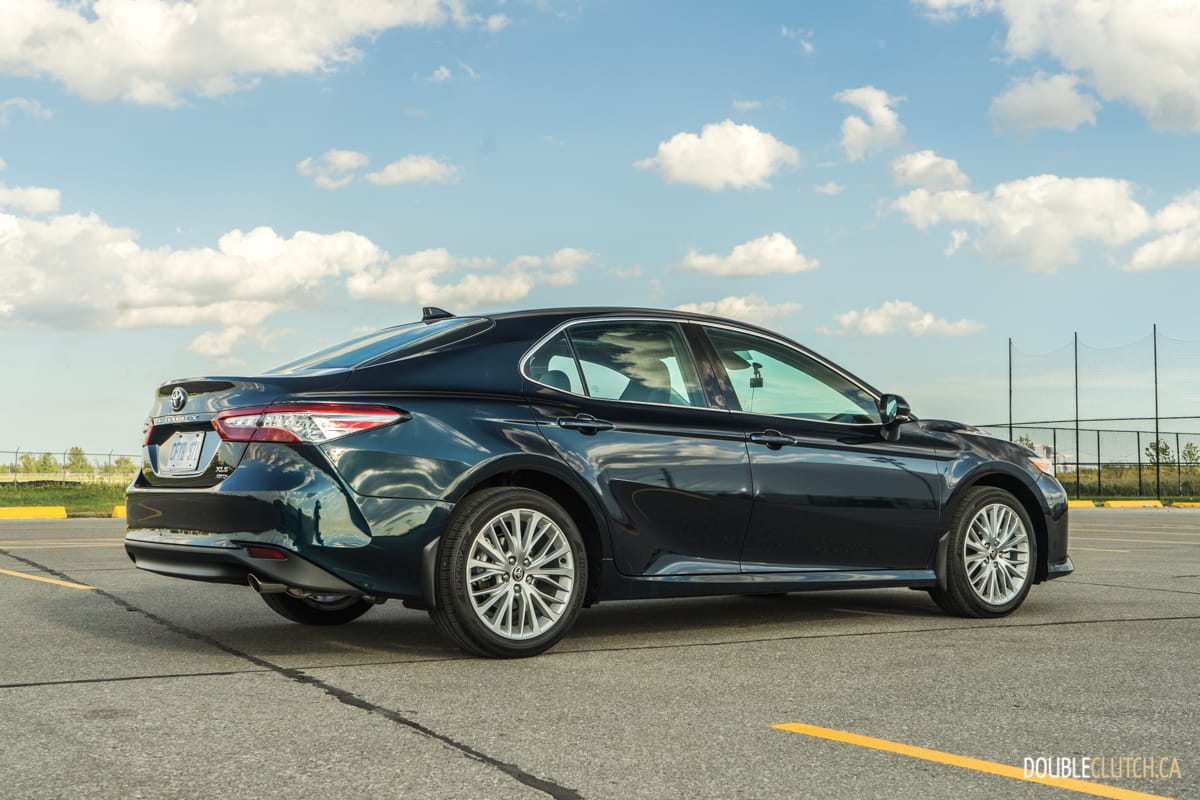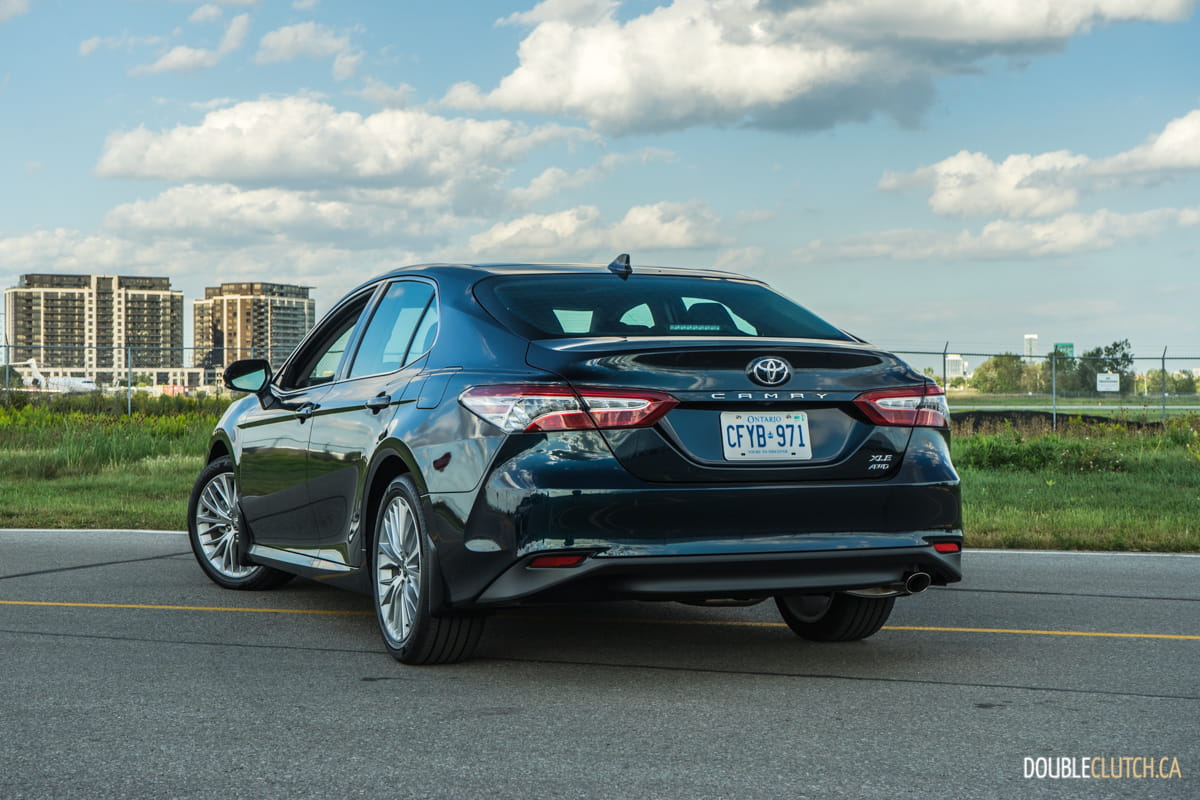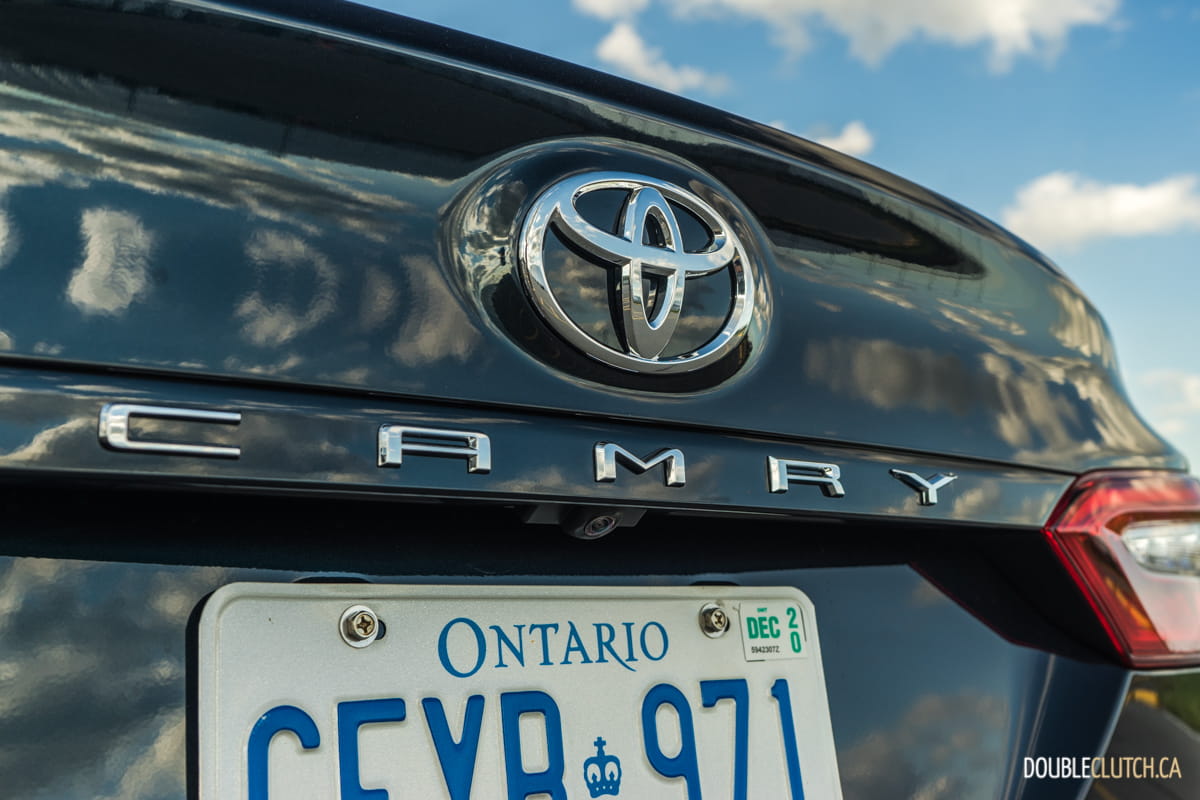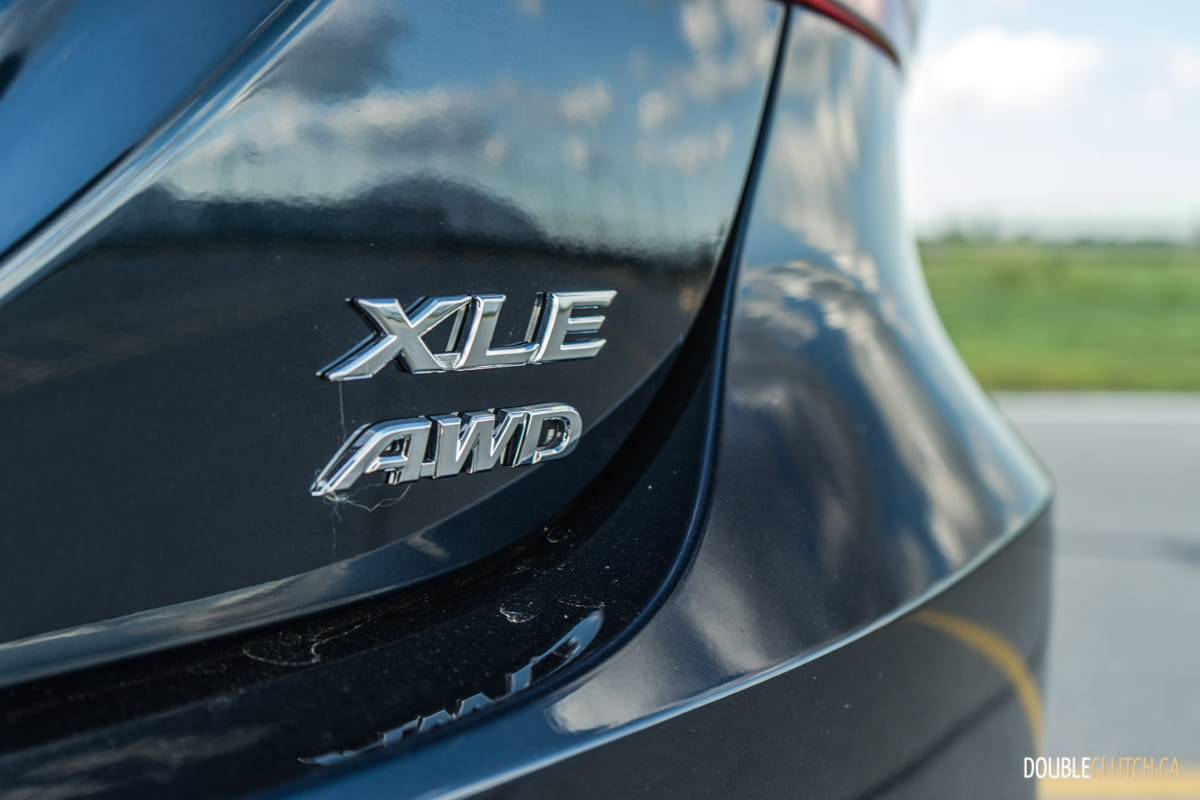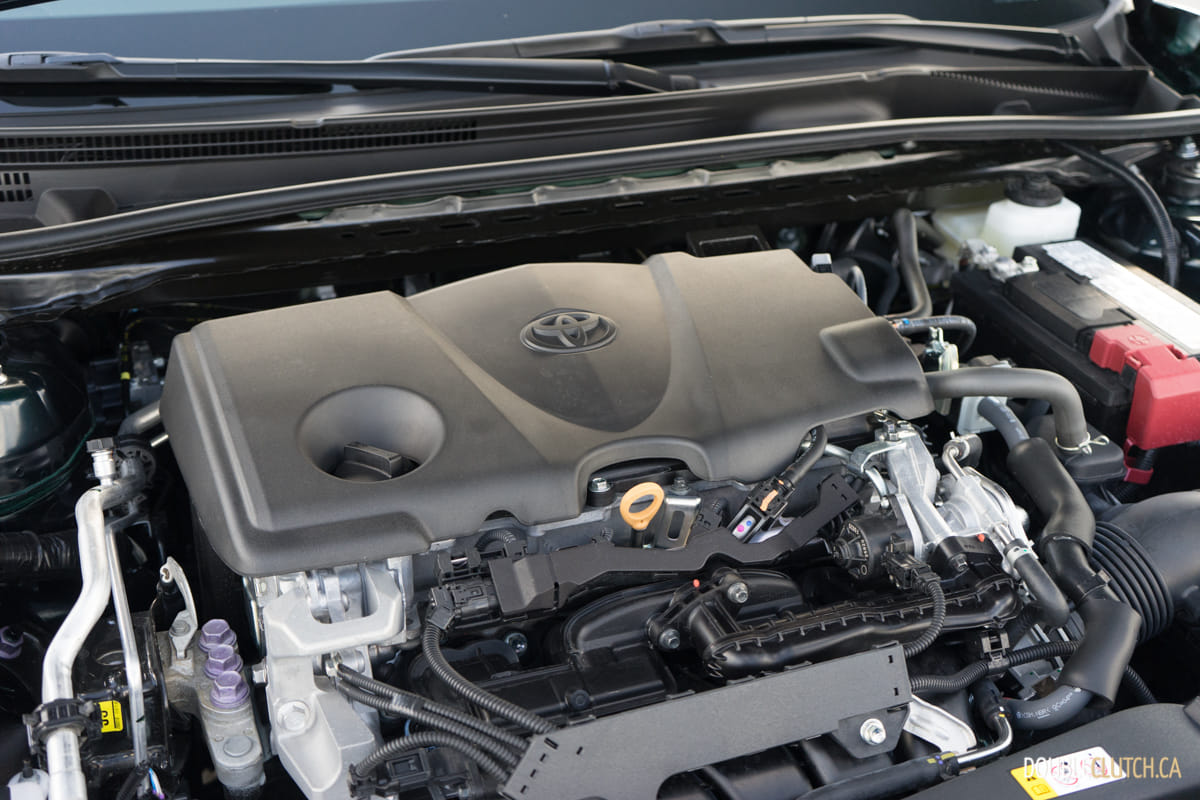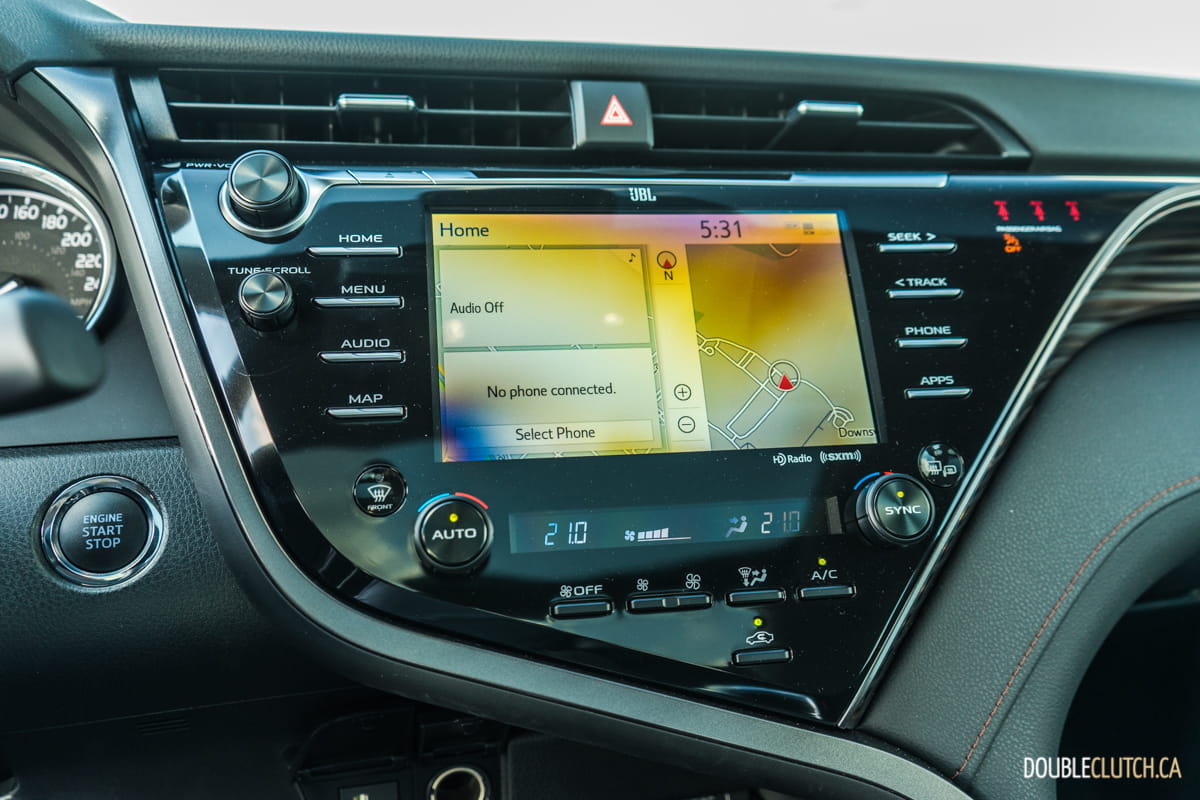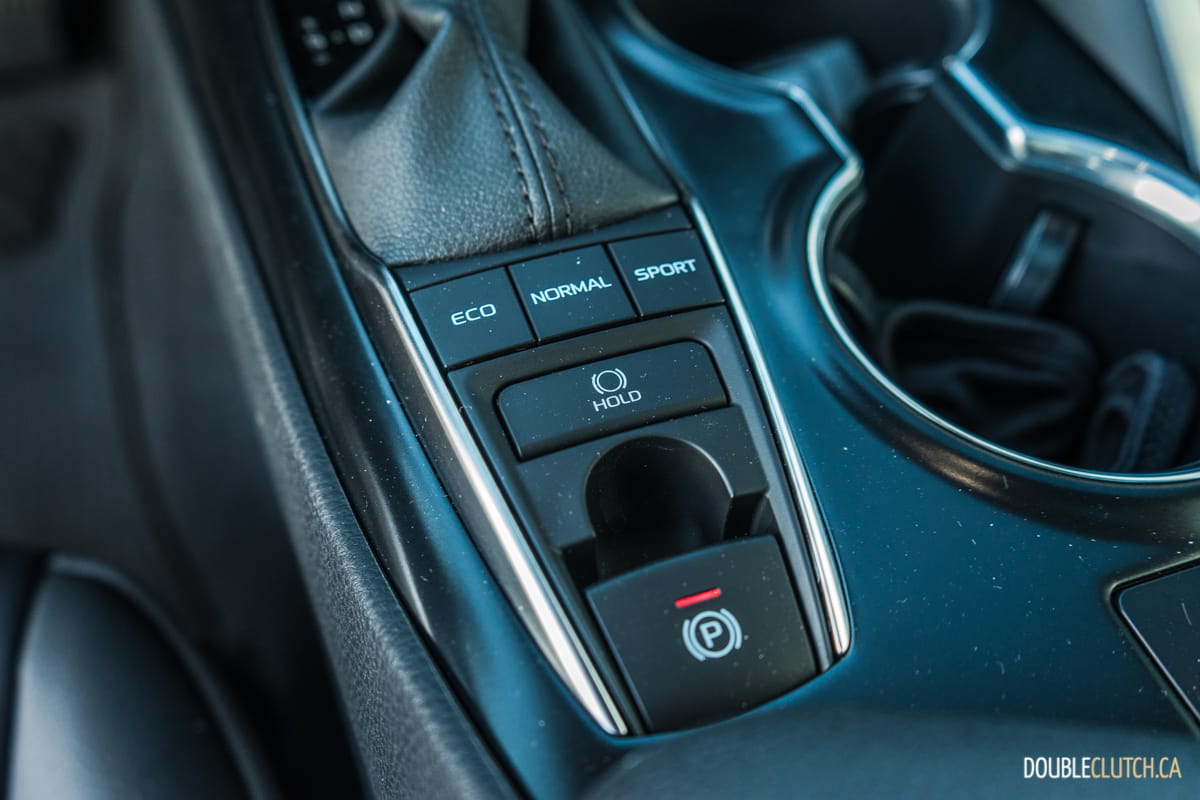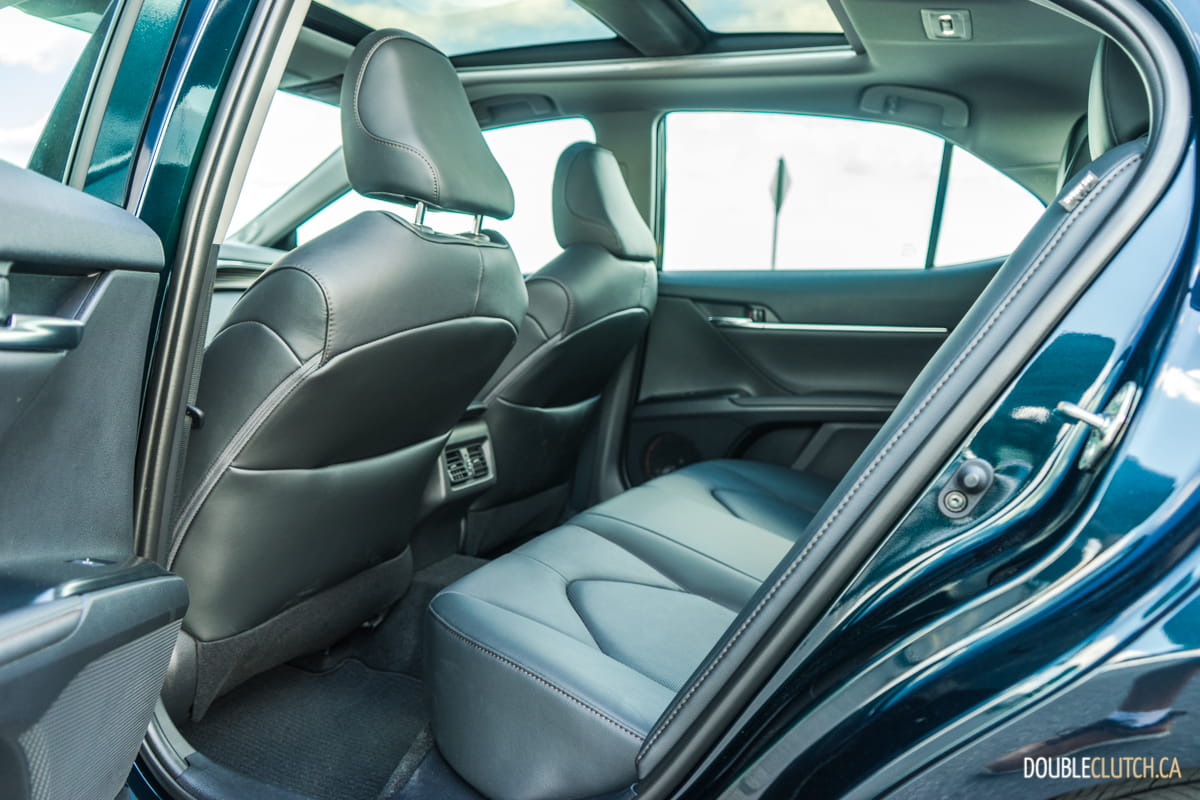Every time I look at this 2020 Toyota Camry XLE AWD, it reminds me of Toyota’s Father’s Day commercial from Japan depicting depicted a father and daughters relationship through various stages in life, with each stage being accompanied by a different Toyota. The Camry has a very strong family oriented image ingrained into our minds with its 20 plus history in North America. Chances are a lot of us reading this article will have lived with one as a kid. I remember my parents’ first car was a purple 1993 Toyota Camry LE.
In the Camry’s long history there was only one four-wheel driven variant in North America, sold from 1988 to 1991. The 2020 Toyota Camry XLE AWD here is the of its kind since 1991. It has been a 29-year absence, surprising since the market has long been crazy over anything all-wheel-drive. The anticipation for this monumental release is finally here.
Aesthetics is normally something we will glance over for the Camry, but the eighth-generation Camry’s design is something that deserves some attention and praise. It has broken its mold of being a family sedan that flies under the radar with no one noticing you even during the light of day. The current generation Camry has two design languages, one being sportier for the SE and XSE. The other is the more luxurious LE and XLE lines. Both are now striking and eye catching in their own right. The XLE here on test has elegance and presence.
Rather than just being a blob of metal that does a great job carrying its passengers around, the XLE is has sculpted rear fenders and bumpers that give the Camry a wide stance. The front bumpers have a large grill and the Toyota emblem is carried by a V-shaped wing. A thick C-pillar helps shorten the trunk for a more flowing profile. Our tester is dressed in Galactica Aqua Mica, a deep dark luscious green, which contrasts well with the sharp alloy wheels. The Camry now has a physical presence that is more luxurious and more of a Lexus feel.
The interior of the Camry is not as glamorous as the exterior. The center console is dominated by a gaudy slab of piano black plastic. Within it are your HVAC controls and infotainment screen – keeping this central part of the interior clean will challenge the OCD owners. The quality of materials used at major touch points are hit or miss. The door cards have limited use of soft touch materials, mainly covered in plastics. Aesthetically the interior is a contemporary design, with sweeping lines to warm up the otherwise sterile colour theme. I expected the cabin to be better, but what the Camry lacks in materials is made up for with excellent build quality and craftsmanship.
The Camry’s ergonomics are excellent as expected from any Toyota product, with the exception of the seats that feel flat with no lateral support. Luckily the eight-way power adjustable seats have a wide range of adjustments to get you into a comfortable position. Armrests are in the perfect spots with excellent padding and leather trimming. Signature to all Camrys is excellent front and rear cabin space. The large panoramic sun roof and supple leather seating comes together for a spacious and welcoming cabin. All around, the cabin is good, but lacks the Lexus vibes that the exterior suggest.
The Camry is equipped with an eight-inch touchscreen infotainment unit. Audio is pumped through a nine-speaker JBL Clari-Fi system. Toyota’s infotainment has never been an area of praise, but luckily the car finally has Android Auto and Apple CarPlay compatibility. The complicated menu structures are no longer an issue with the enhanced connectivity, and the instrument cluster has a seven-inch TFT colour multi information display that keeps the cabin looking fresh and modern.
The wonderful cabin comfort is complemented by a superb ride and handling. The Camry’s long wheelbase and suspension tuning combine to result in a supple ride and excellent body control. Despite a soft ride, body motions are kept in check with no unnecessary motions. Steering is significantly improved over previous models – the days of driving a front-heavy boat are gone. The Camry now feels much more connected and in control at all times. Taking spirited corners are no issues for the Camry any more; there is so much grip and stability thanks to the newly added all-wheel-drive system equipped.
This is a significant option which not only transforms the way the Camry drives, but also helps the Camry reach a much wider audience. These changes are all thanks to the magnificent TNGA platform which allows the Camry to be equipped with the new AWD components. This chassis is also known to bless the latest generation of Toyota vehicles with sharp and athletic handling, and the 2020 Camry is no exception.
The AWD models are unfortunately limited to the four-cylinder engine only. Our tester is powered by Toyota’s 2.5-liter inline four-cylinder engines. This engine has Toyota’s tried and true VVT-I valvetrain on both intake and exhaust cams paired with direct injection for a healthy 202 horsepower and is mated to an eight-speed automatic transmission. The powertrain unfortunately takes away from the Camry’s refined nature. The engine is constantly put through its paces carrying the 4473-pound car. The responsive transmission is quick to downshift keeping revs at the sweet spot, but unfortunately this also leads to some abrupt downshifts.
During low speeds the Camry feels a bit underpowered and laboured, but surprisingly on the highway feels appropriately powered. The gearing is tuned well to achieve refined cruising characteristics. The powertrain is quite efficient as well with manufacturer ratings of 9.5L/100km city, 7.0L/100km highway and 8.4L/100km combined. During our week of mixed driving we were able to achieve an impressive 8.9L/100km average.
Toyota is offering the Camry AWD to dominate a part of the pie which it has left untouched since 1991. For the longest time the Subaru Legacy (reviewed here) has been the sole producer of mid-sized all-wheel drive sedans. The Legacy carved out its own segment and made itself king, but the Camry is here to take over.
Base pricing with the AWD equipped starts at $29,850, with our XLE model priced at $38,390. The Subaru starts at $26,395 and is similarly equipped at $39,095. The Legacy has more power in GT trim (reviewed here) but lacks the refinement and good looks of the Camry. Another player in the field is the Nissan Altima, which starts at $28,098 and tops out at $35,098. We foresee the Camry dominating this segment the Subaru once ruled. It has the most refinement and presence as well as the best driving dynamics when compared to the Altima and the Legacy.
The 2020 Toyota Camry XLE AWD has been long overdue. Canadians love the Camry and also love all-wheel-drive, and the Camry is excellent in both design and execution. This is a complete and balanced package that makes the Subaru Legacy obsolete. Toyota owners can finally have their cake and eat it too.

